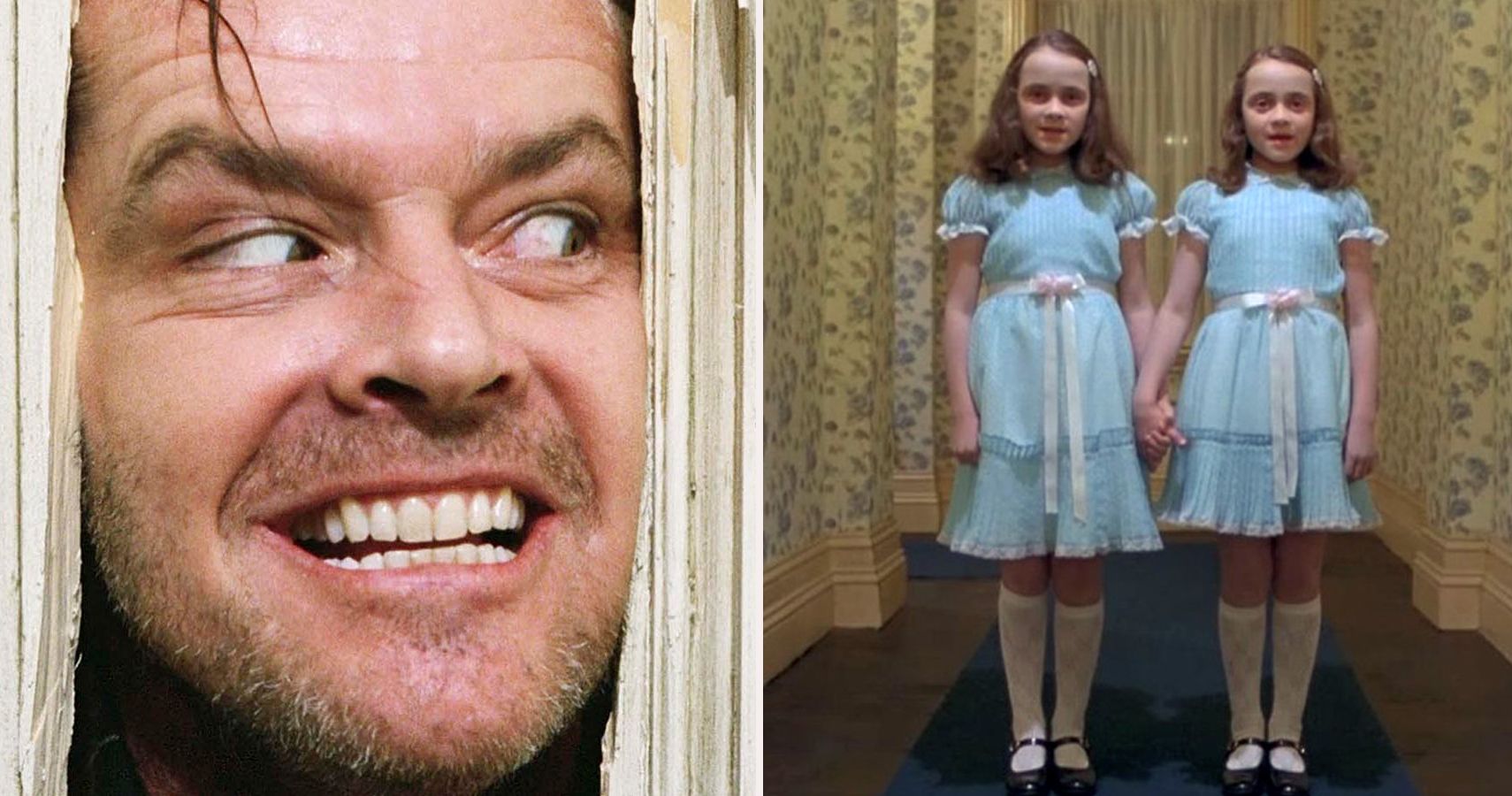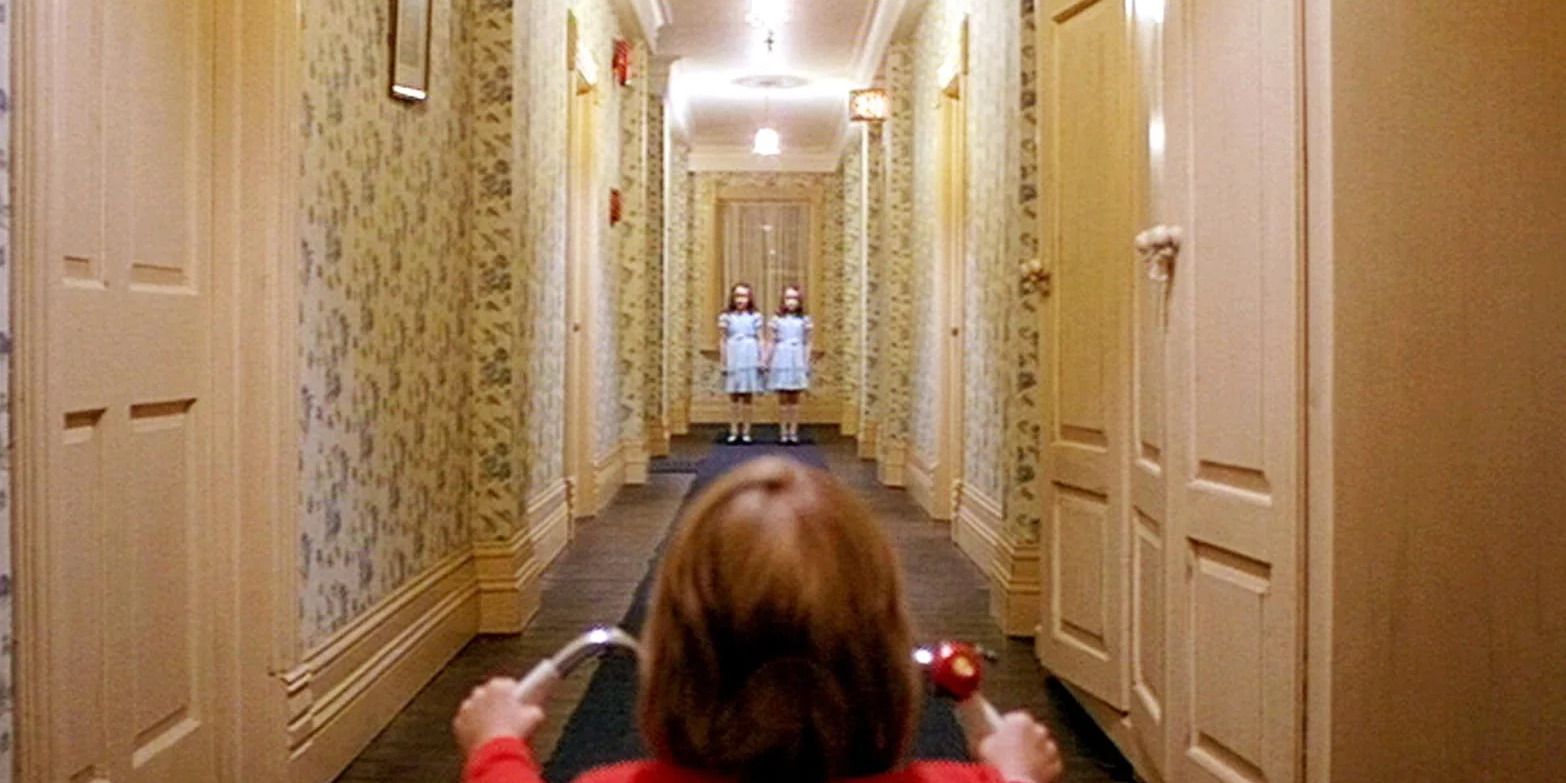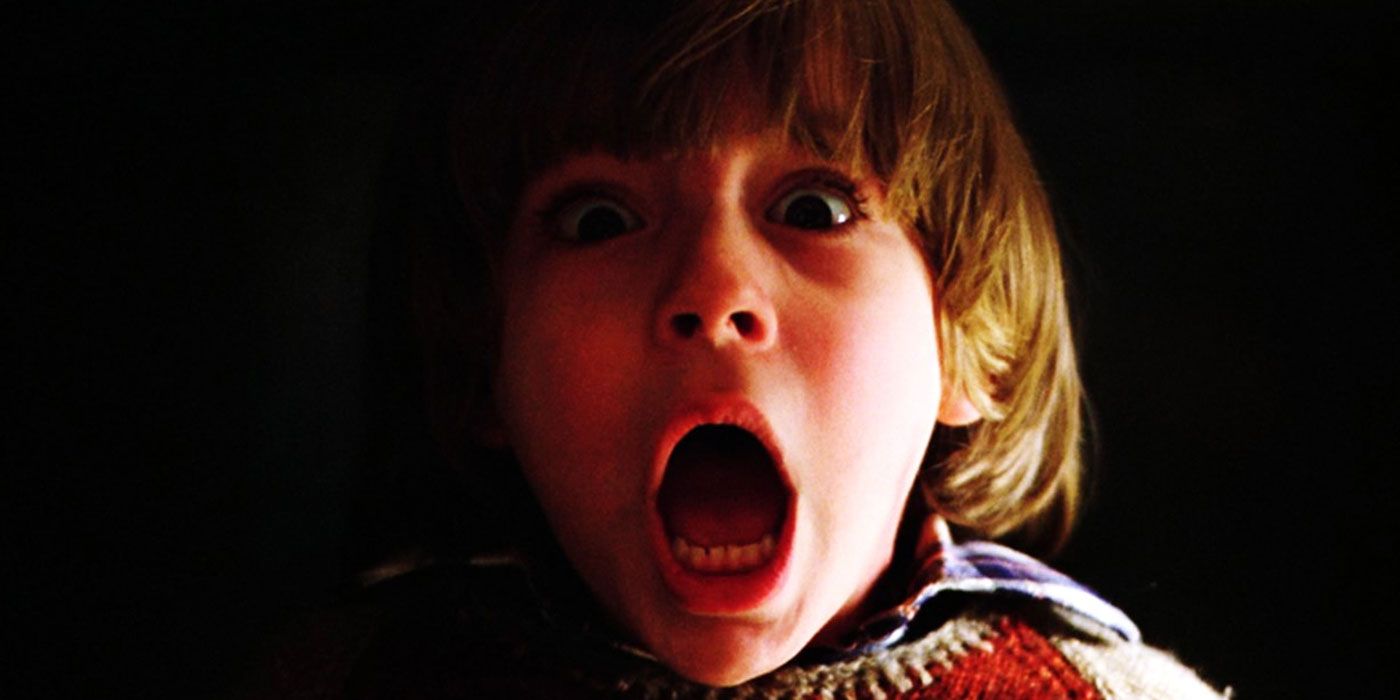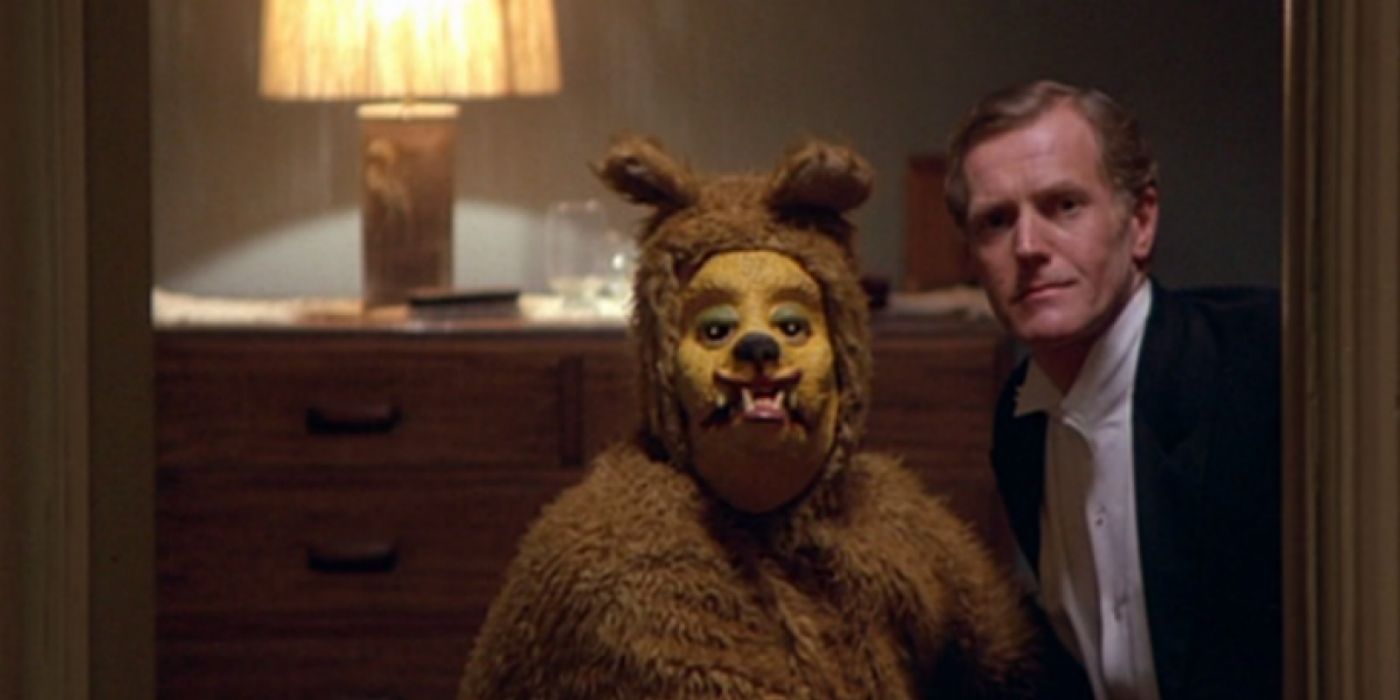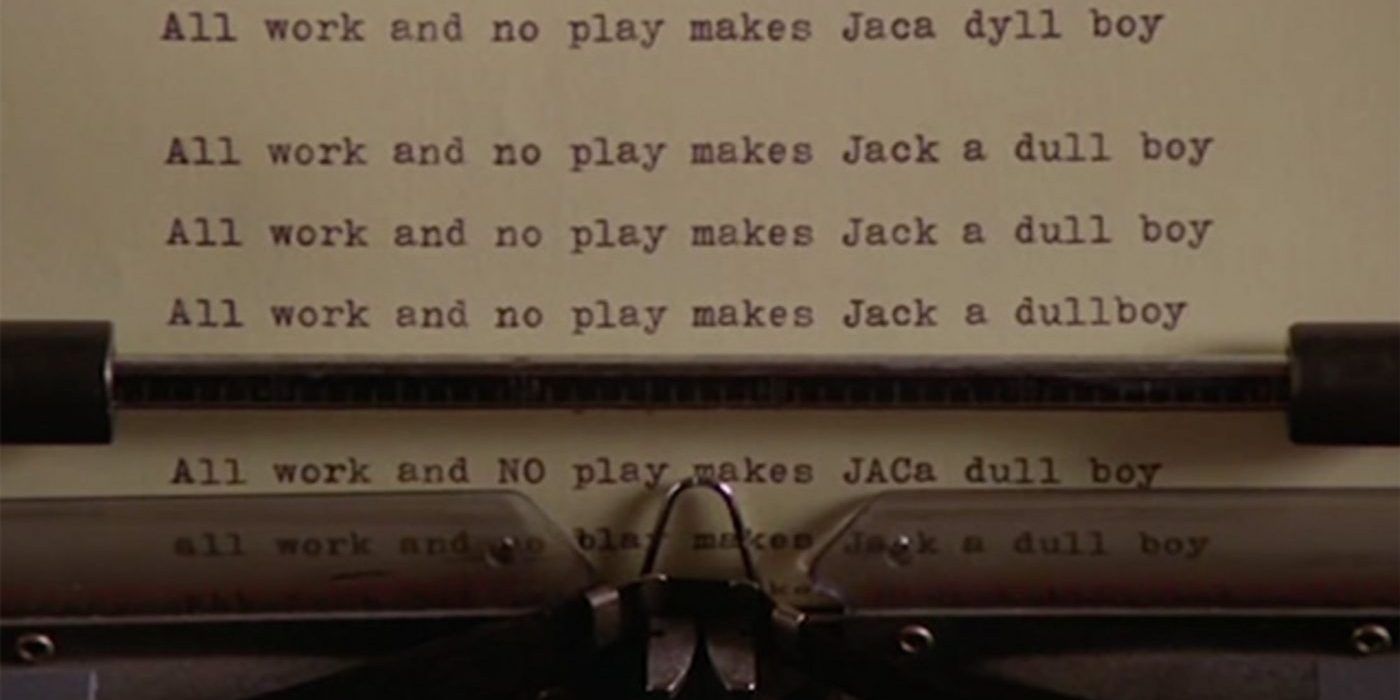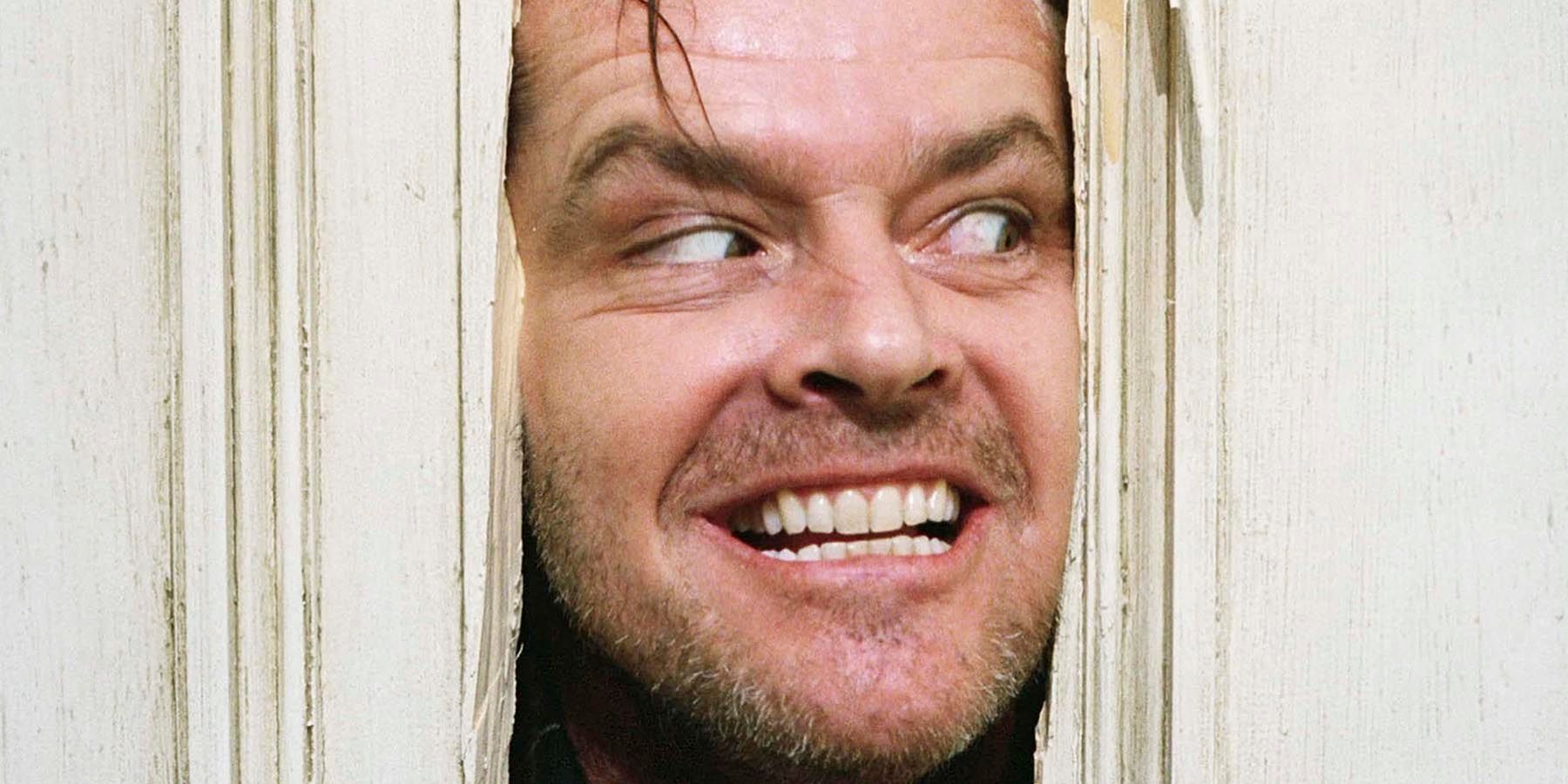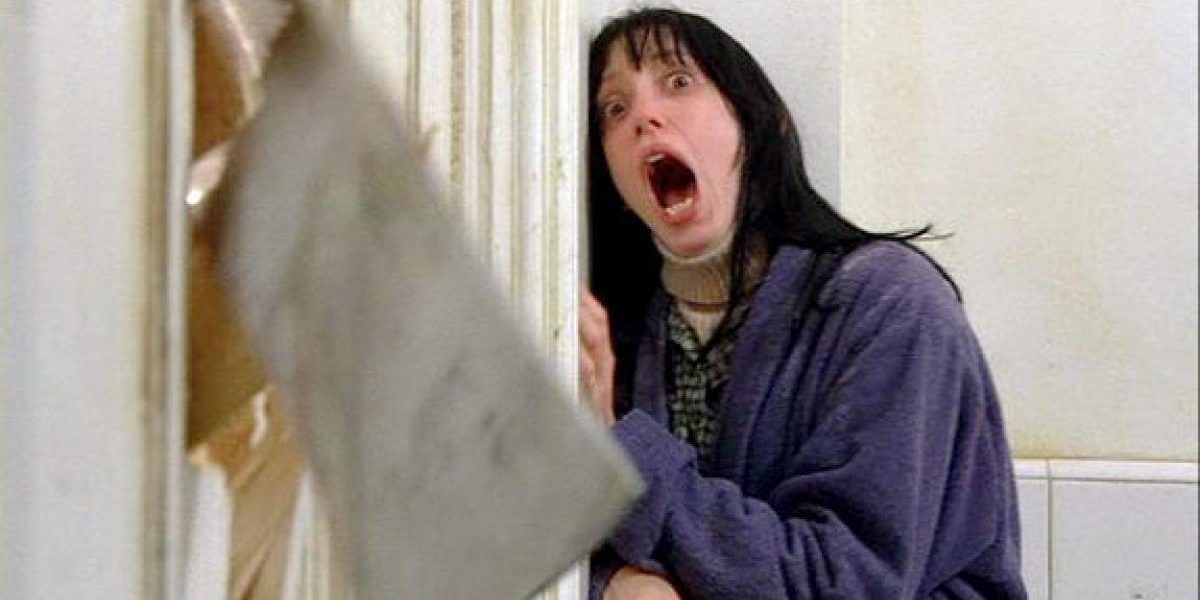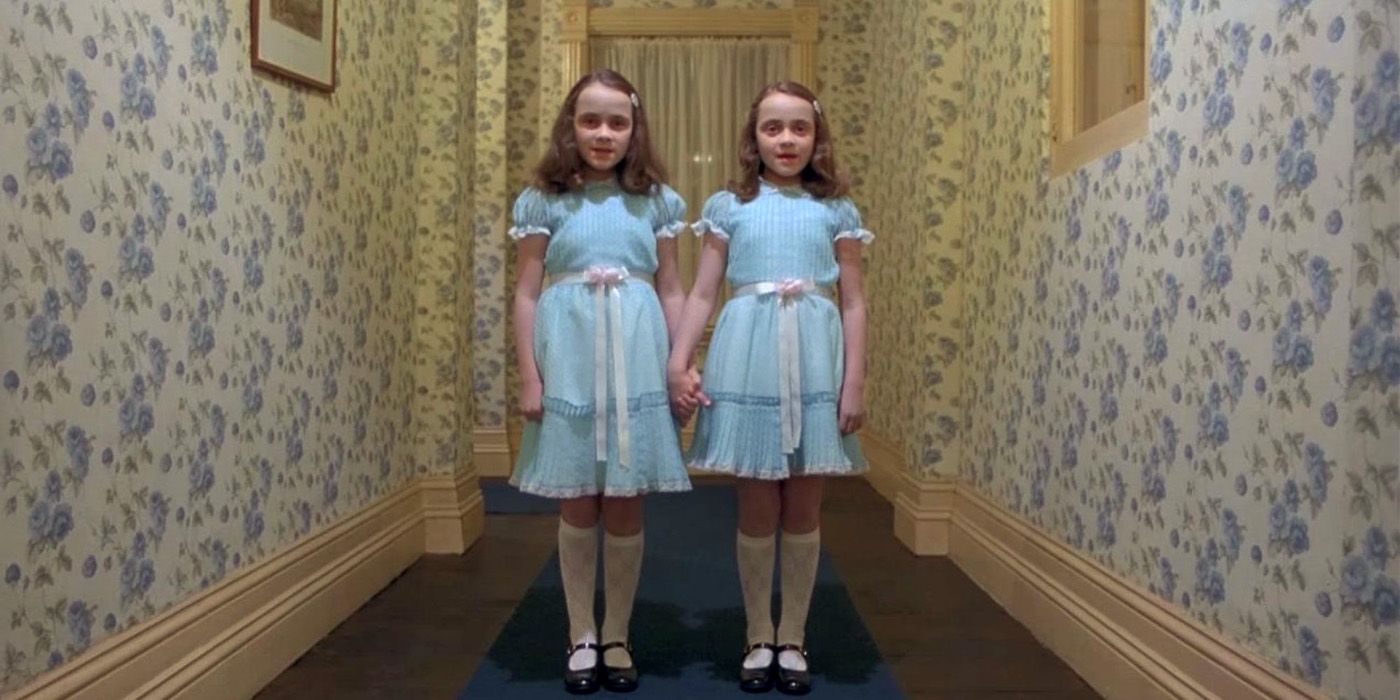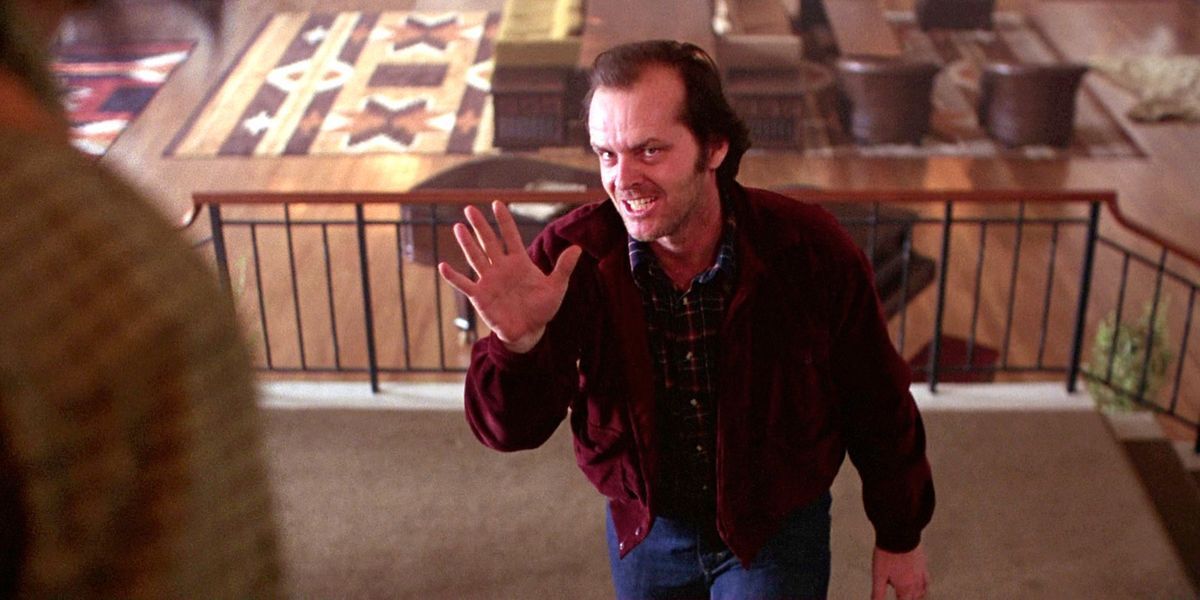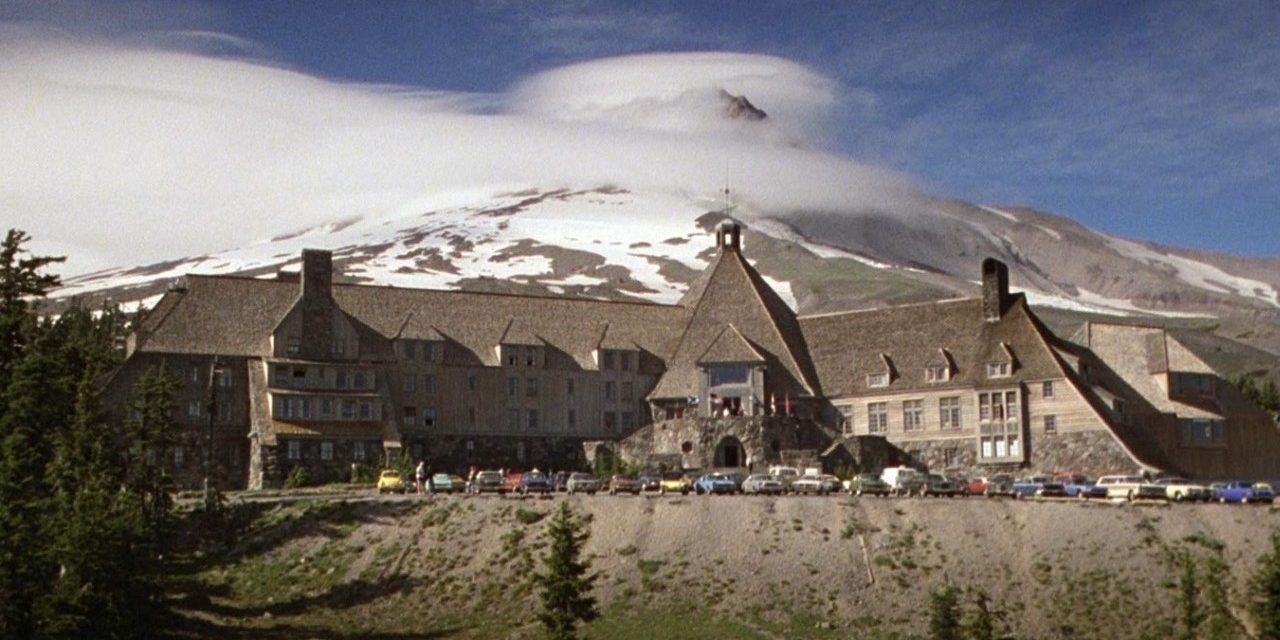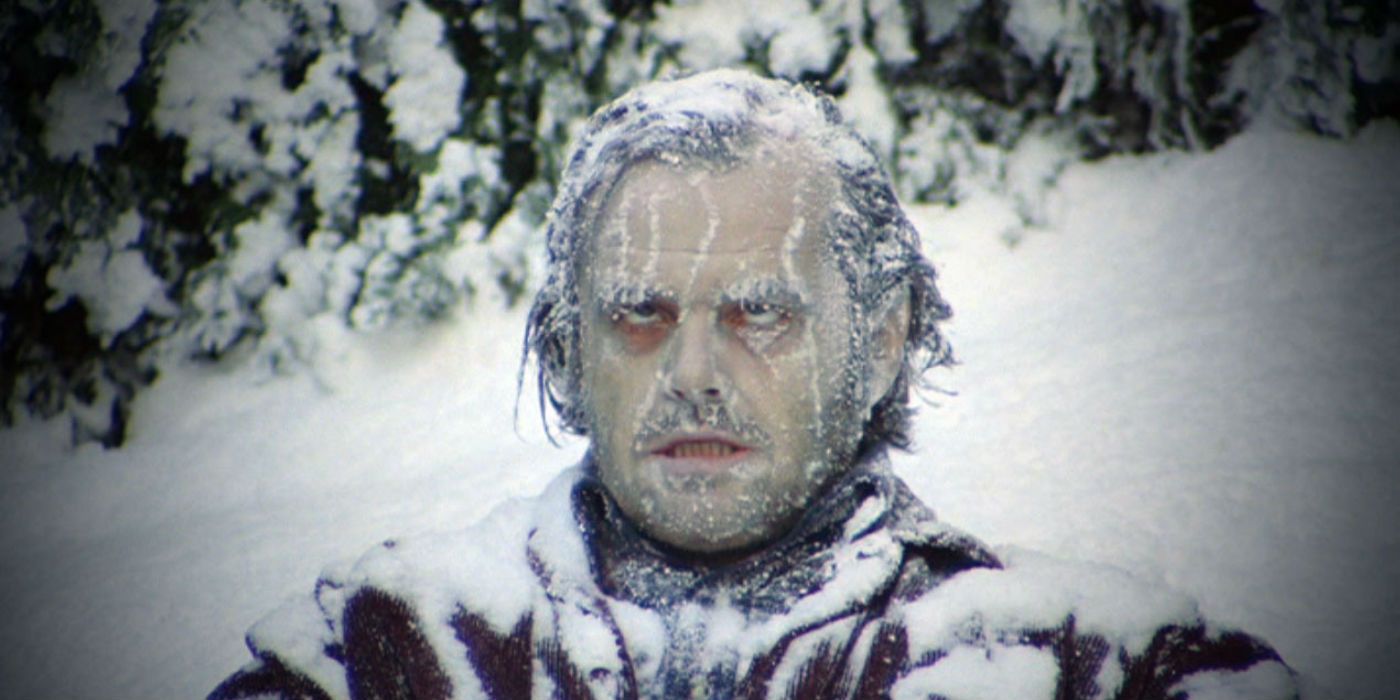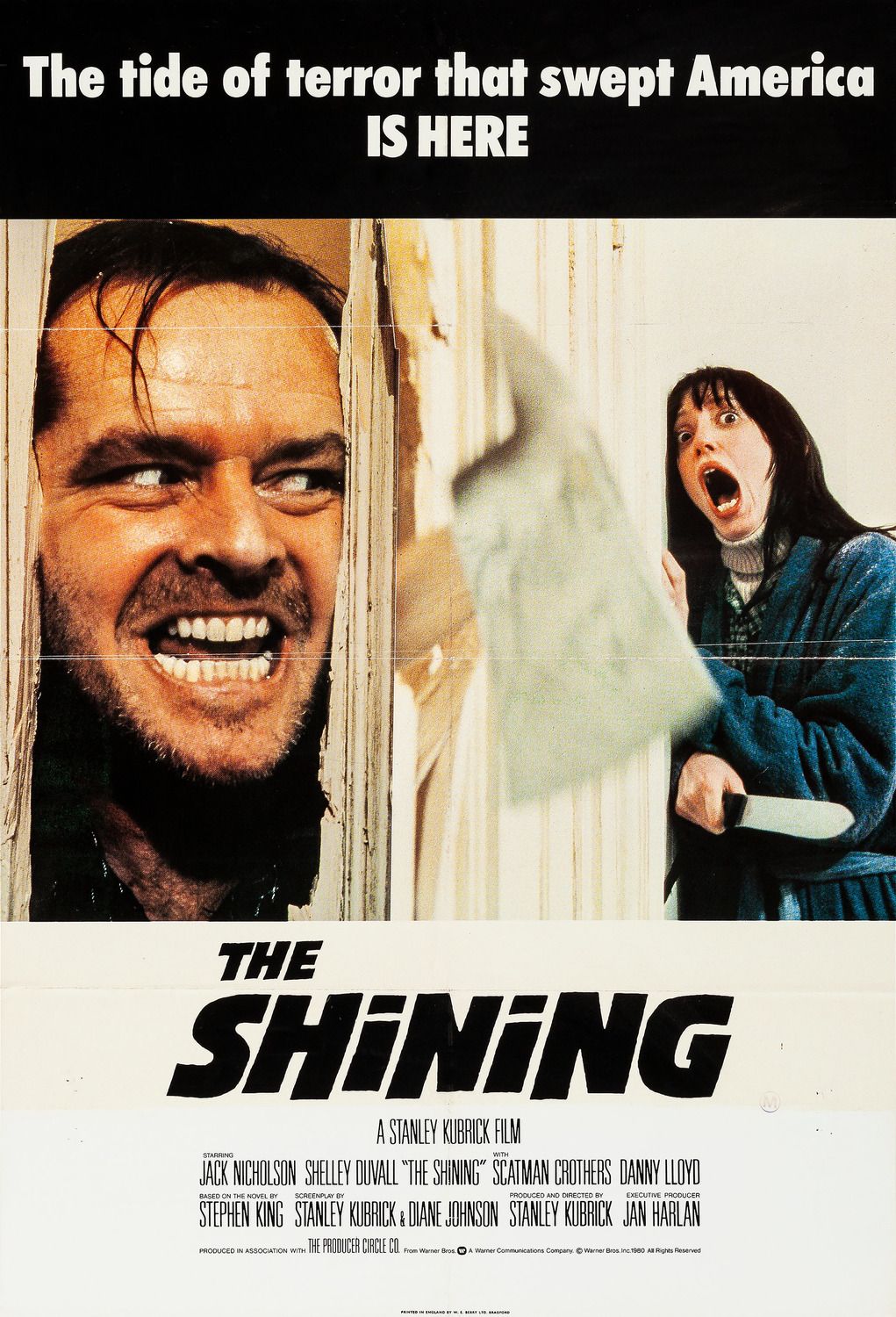Both the horror masterpiece by Stephen King and the surreal and scary film adaptation by Stanley Kubrick have cemented The Shining as an icon of horror fiction. Though they share the same basic premise, the two couldn't be more different. The film adaptation is a very loose retelling of King's novel, but it still has the same bones as its literary counterpart, and the fans definitely noticed.
The film is still a horror masterpiece, but there are elements from the book that have been blatantly torn out in favor of a more psychologically unhinged narrative. To find out what we're talking about, here are ten things in The Shining that only make sense if you've read the book.
Sorry, Wrong Room
This is one of those things that only the most persnickety fans will notice but the story behind it is still worth mentioning. In the book, the dreaded hotel room where some of the biggest scares occur is room 217. This room has the bathtub corpse and other freaky happenings but why was it changed to 237?
Supposedly, the idea for The Shining came to King when he stayed at the Stanley Hotel in room 217 but the Kubrick film was partially shot in an actual functioning hotel, the Timberline Lodge. Kubrick was asked to change the room number from 217 to 237 because the hotel owners feared losing business if guests were asked to stay in a "haunted room."
Redrum! Redrum!
One of the biggest changes between the novel and film adaptation is the presence of the word "redrum." In the film, redrum makes its prominent appearance towards the end while Danny is possessed by Tony. Though this leads to a scary reveal to the word's actual meaning, it's much better executed in the book than the Kubrick interpretation.
In the book, redrum is sprinkled throughout the text, beginning with Danny's visions and eventually revealing it's meaning in a bathroom mirror. It has more of an ominous presence that builds as the novel progresses, not a dramatic reveal like in the film. It's all about subtlety.
Specters on the Screen
Another drastic change between the two versions is the use of ghosts and supernatural entities. In Kubrick's adaptation, the ghosts are present but don't really make a grand spectacle until closer to the third act. Most of the tension is achieved by watching the Torrence family deal with the isolation and departure of Jack's sanity. Very Kubrick, but not textually accurate.
The book's Overlook is infested with ghosts. So much in fact, when Dick Halloran arrives towards the climax, he can see spirits swarming around the exterior. There are pages of paranormal encounters, eventually revealing the hotel itself as an evil entity. We can't fault Kubrick for not using them until the right moment but his amount of haunting is lacking.
It's All Psychological
Both versions of The Shining can be summed up like this. King's is spiritual, Kubrick's is psychological. With the book, it's no question that the ghosts and supernatural occurrences are all real. Though certain characters like Jack have issues that test their sanity, there is still the distinction that the ghosts are real. Kubrick, on the other hand, blurs the line, making the audience question.
Kubrick's scares come from a combination of different elements, mostly psychological horror but with the presence of a few supernatural beings. The hotel's ghosts are a big part of the terror, but it's the protagonist's crumbling sanity where the horror really lies.
Jack is Less Sympathetic
All readers of the book will instantly jump on Kubrick for his interpretation of Jack Torrence. In the book, Jack Torrance is more relatable, realistic, and above all, sympathetic. Yes, he's a recovering alcoholic with a past, but he's a man who wants to be better. He's an everyman meant to connect to the audience. Kubrick's version isn't Jack Torrence, its Jack Nicholson.
There's nothing wrong with Nicholson's performance, but it doesn't match the character he's supposed to be portraying. The moment we see him, we know he's going to go crazy before he even steps foot inside the Overlook, whether we've read the book or not.
Wendy is a Doormat
Book Wendy and Kubrick Wendy are almost entire polar opposites. In the movie, Shelley Duval's portrayal is a stereotypical horror movie scream queen who barely makes a mark on her insane husband. She's more victim than she is survivor and fans of the book definitely noticed.
Wendy Torrance in the book is a confident blonde who not only fends Jack off and subdues him in the pantry but survives encounters with evil spirits and does her all to protect Danny. She even clubs Jack in the back of the skull in her escape attempt. It's no contest to see which one audiences would have preferred.
The Motive of the Spirits/Hotel
Both versions have their evil spirits, hallucinations, and haunted backstories, but it's how they both behave that splits the species. In the book, the Overlook is essentially an entity comprised of various spirits throughout its existence. Everything from guests to gangsters dwells in this haunted hotel, and it wants to consume Danny for his Shining ability.
The film does something a little different. Whether possessed by the hotel, driven by his own insanity, or possibly his own form of Shining, Jack goes insane and begins hacking away at his family until ultimately the Overlook consumes him, revealed by the photograph at the end, essentially indicating Jack's damnation.
Jack is a Recovering and More Functioning Alcoholic
Though the film doesn't stray from the message of alcoholism, the book dives deeper with a more realistic approach to the subject matter. In the book, Jack has been sober for fourteen months and tries to keep it that way. He struggles with his urges for a drink, his habits of chewing aspirin and wiping his lips are little indicators of his frustration.
Nicholson's version has only been sober for five months, but there's not much in way of restraint or reluctance from him. All it takes is one encounter with a ghostly bartender for him to submit to the will of the overlook. Again, we know this is going to happen before he's even at the hotel.
There is No Boiler
The biggest omittance from the book is the presence of the rusty old boiler that requires daily maintenance. If it isn't kept in check, it will explode. The boiler's presence is practically a ticking time-bomb that builds suspense as the novel progresses. Its absence was one of the most noticeable and irritating changes to the film.
The boiler is an important symbol and image in the novel and its removal is a decision both viewers and the author noticed. It's one of the more suspenseful pieces in the narrative. Without it, the plot suffers from a lacking element of intensity.
Kubrick Freezes, King Burns
Jumping off the previous entry, one of the most shocking changes the film adaptation made was definitely the ending. Both versions are quite literally fire and ice. The novel ends with the hotel going up in flames due to the boiler overheating and bursting in a terrifying inferno. The film does the exact opposite by having Jack Torrence freeze to death while on the prowl for Danny in the hedge maze.
Maybe Kubrick wanted a more chilling ending and gave King the cold shoulder, but many fans agree that the ending presented in the book is a more appropriate crescendo for this symphony of horror. Though Kubrick's is classic, we prefer King's.

